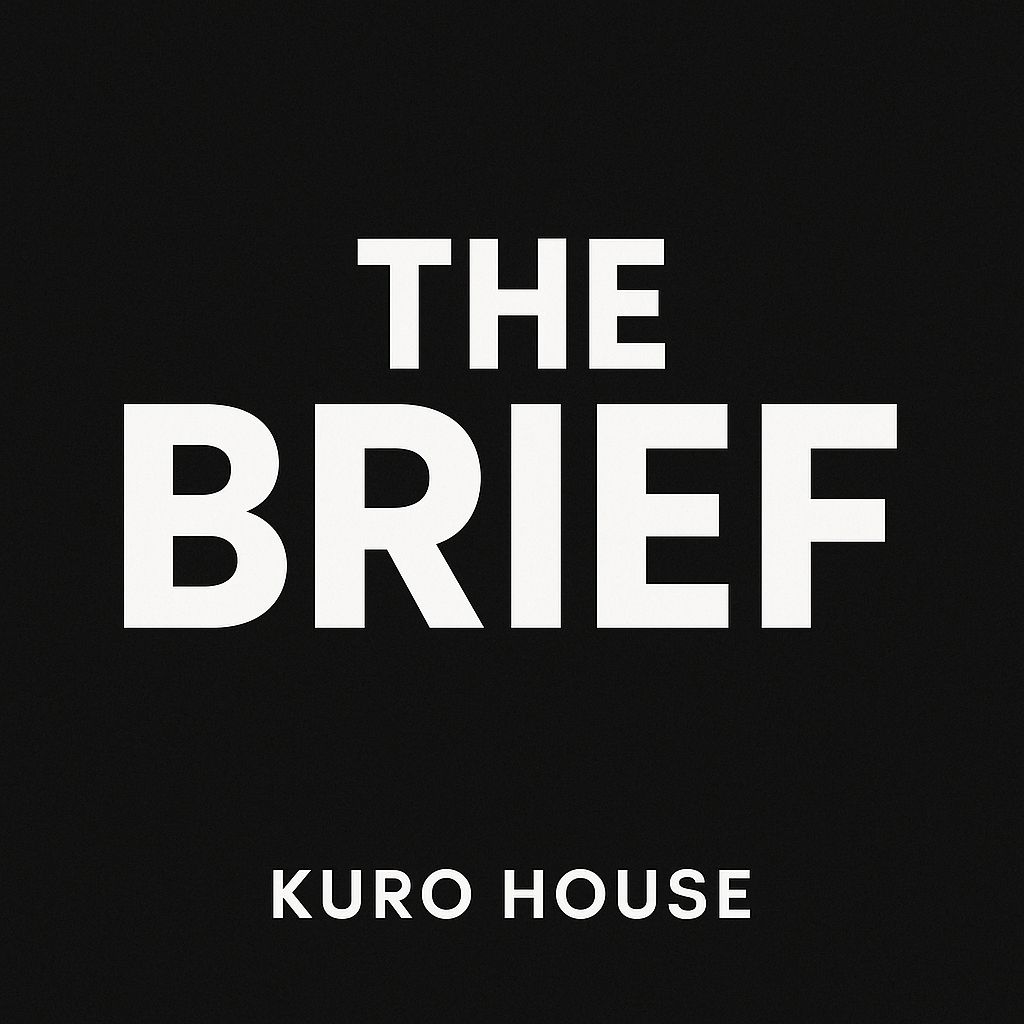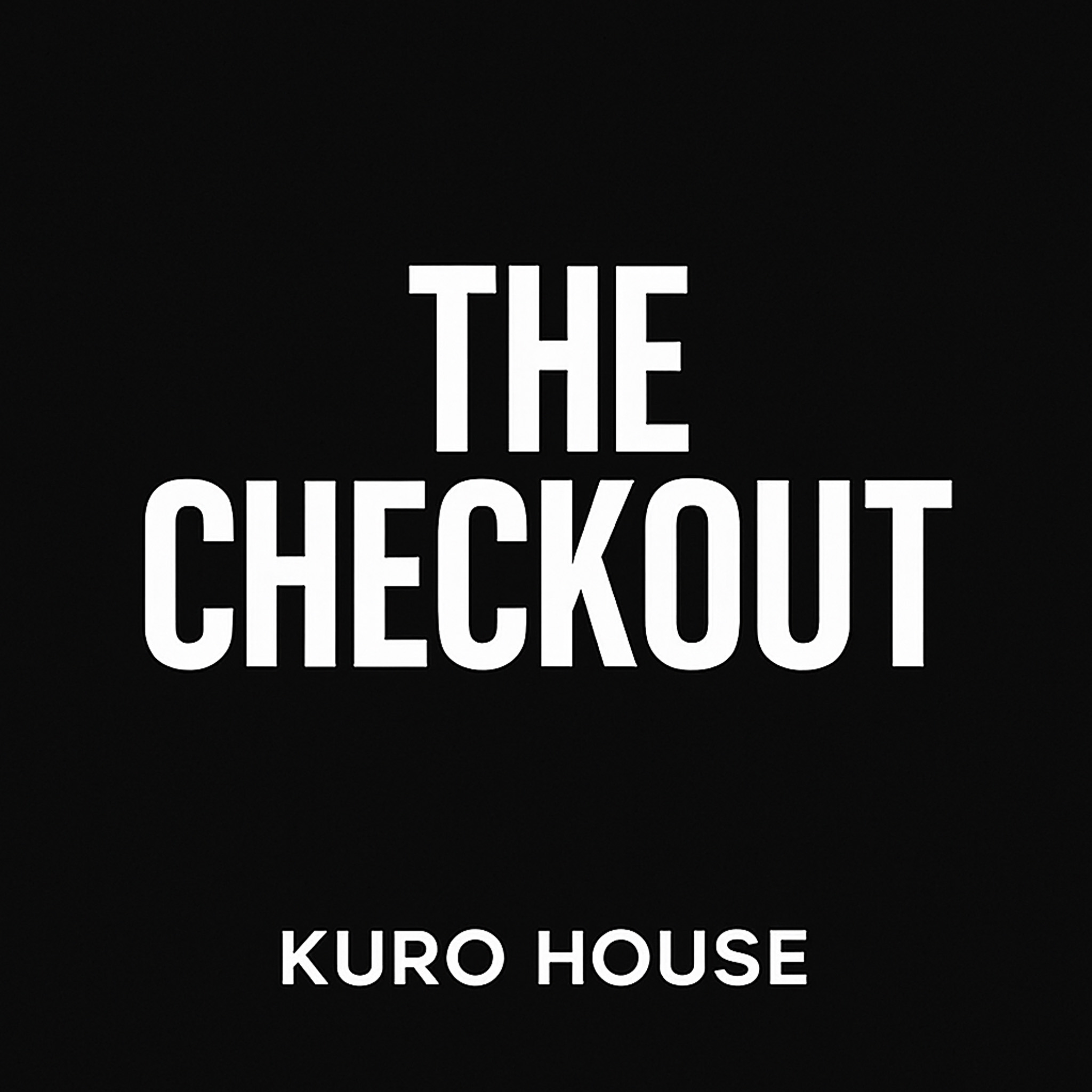Listen To The Show
Transcript
Welcome to The Brief by Kuro House, your daily dose of what’s moving and shaking in the marketing world. Today, we’re diving into the evolving relationship between publishers and AI, the numbers and controversy behind American Eagle’s star-powered campaigns, and how Patreon is making a play for the newsletter market. Let’s get into the details.
First up, from Adweek, let’s talk about the future of publishing and the rise of AI answer engines. Publishers have been grappling with the fact that AI-powered tools like ChatGPT are using their content, but not necessarily driving revenue back to them. Three main compensation models are emerging, but the most radical idea is branded answer engines—think a chatbot that only pulls from a specific publisher’s content. At first glance, it seems limiting, but companies like Taboola are betting big on it. Their new product, DeeperDive, is already live on USA Today’s website and acts as a chatbot that only taps into that site’s own content, surfacing relevant articles and deepening user engagement. Another stealth startup is reportedly working on a similar tool, and the International News Media Association (INMA) has also launched its own answer engine. The real value here, according to former New York Times audience strategist Gabriel Dorosz, comes when these tools help users navigate exclusive, paywalled content—think proprietary research and expert insights. For publishers with unique content, these answer engines can drive up subscriptions and keep users coming back. But there’s a catch: most publishers can’t afford to build these tools themselves and will need to partner with third parties like Taboola. The bottom line is, while these answer engines probably won’t recover lost traffic from the open web, they could be a powerful way to boost engagement and monetize existing audiences in the evolving media landscape.
Now, let’s turn to American Eagle, which has been making headlines for its recent campaigns featuring Sydney Sweeney and Travis Kelce. According to Adweek, these campaigns have driven over 700,000 new customers and racked up a staggering 40 billion impressions. The “Sydney Sweeney Has Great Jeans” campaign, launched in July, initially faced backlash for its wordplay between “jeans” and “genes,” with some critics accusing it of promoting a pro-eugenics message. Despite the controversy, American Eagle stuck by the campaign, and the numbers speak for themselves: double-digit increases in both women’s and men’s denim sales, with certain items selling out within days. The momentum continued with the Travis Kelce collaboration, a 90-piece collection that launched just as Kelce’s engagement to Taylor Swift made headlines, giving the campaign even more visibility. While the company’s Q2 earnings show a slight dip in comparable sales, the influx of new customers and increased brand consideration suggests these campaigns are resonating. CEO Jay Schottenstein called the Sweeney campaign “iconic,” and CMO Craig Brommers described it as a brand and business reset. The real challenge now? Turning all those new visitors into loyal, repeat customers.
Digging deeper into the Sydney Sweeney campaign, another Adweek exclusive reveals just how polarizing—and effective—it’s been. While some media outlets and segments of the public decried the campaign’s messaging, Brommers points to real-time data and a YouGov poll showing that 39% of Americans found the campaign “clever,” while only 12% considered it “offensive.” The campaign drove what Brommers calls “unprecedented new customer acquisition,” and the buzz—both positive and negative—translated into real sales, with specific products like the Sydney denim jacket selling out almost immediately. American Eagle has a history of tapping into pop culture with collaborations—Addison Rae, Jenna Ortega, Coco Gauff—and the Sweeney and Kelce campaigns are the latest proof that taking risks can pay off. Brommers is clear: “For anyone who is asked if marketing works, they should reference the American Eagle Sydney Sweeney campaign as proof that it does.”
Shifting gears to the creator economy, Patreon is making a strategic move to revamp its newsletter tools and lure top Substack writers, as reported by Adweek. Patreon, which has paid out over $10 billion to creators and boasts more than 25 million paid memberships, has long lagged behind Substack when it comes to newsletter features. Currently, Patreon’s email tools are pretty basic—lacking customization, formatting, and analytics. This has pushed many writers to use third-party solutions for their newsletters, even if they rely on Patreon for monetization. That’s about to change. Patreon is rolling out a robust suite of newsletter tools later this year, making it easier for creators to draft, brand, and analyze their newsletters directly on the platform. To accelerate adoption, Patreon is offering financial incentives to high-profile Substack writers—guaranteeing to match their current revenue if they switch. This mirrors Substack’s own early strategy of poaching big names with advances and support. For Patreon, the goal is clear: become a true one-stop shop for creators, whether they’re podcasters, video producers, or newsletter writers. If they succeed, it could shake up the newsletter landscape and give Substack some real competition.
That’s all for today’s episode of The Brief. From AI’s growing influence on publishing, to bold marketing moves in fashion, to the ongoing arms race in the creator economy, it’s clear that innovation—and a little bit of risk—are the name of the game. Thanks for tuning in, and remember: in marketing, the only constant is change. Catch you tomorrow.


